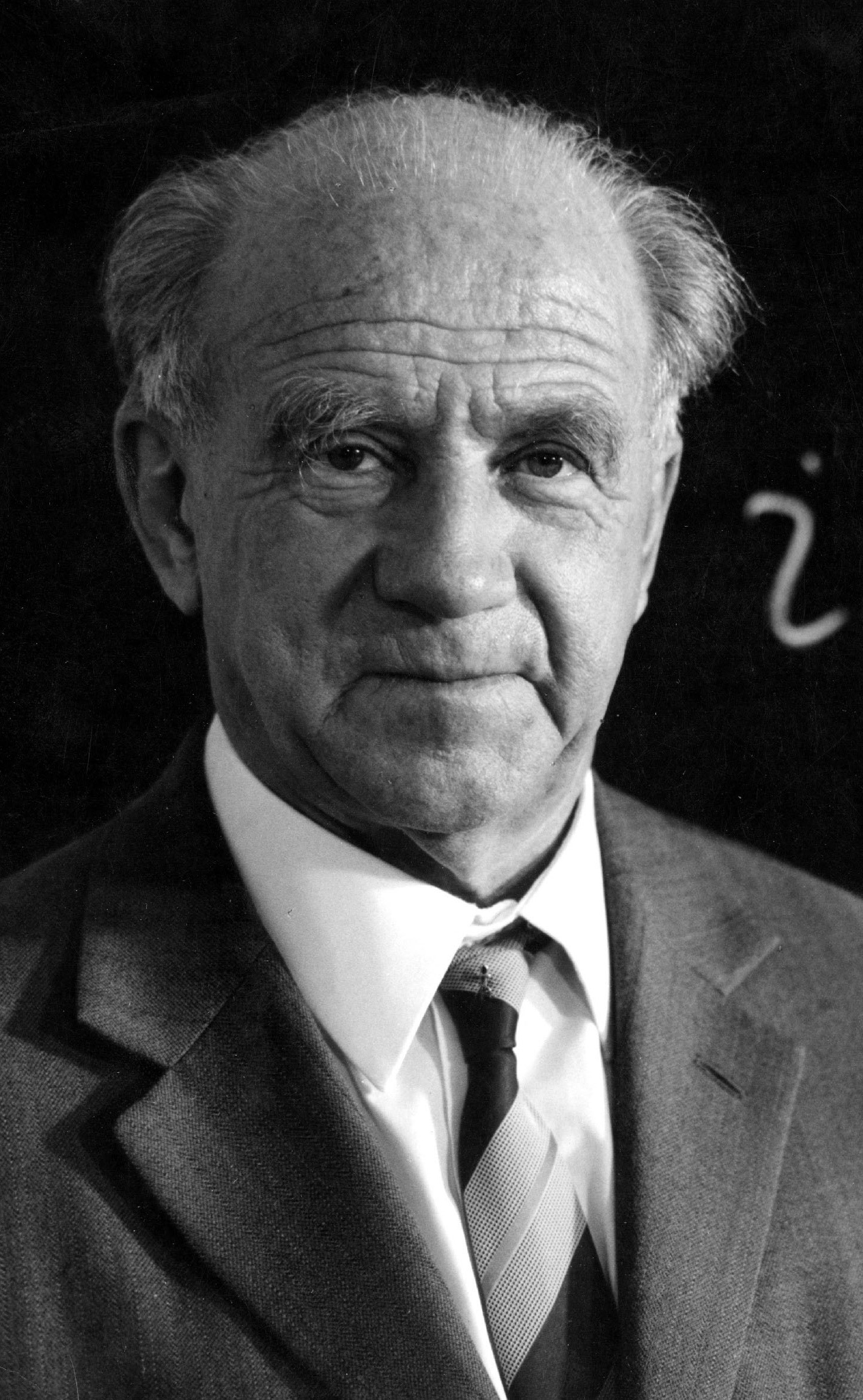Idomeneo

Inspired by everything he had learned and seen at the Mannheim Court in 1777–78, Mozart, aged twenty-four, was primed when he received a commission to write an opera for the 1781 Munich carnival. His years in Mannheim had been formative, exposed as he was to Elector Carl Theodor’s court, which rivalled that of Frederick II, king of Prussia, in discrimination and cultivation.
The vehicle was to be an opera seria based on Antoine Danchet’s earlier libretto for André Campra, whose Idoménée had been produced at the Paris Opera in 1712. The chosen librettist was the Abbé Giambattista Varesco, a minor cleric on the staff of the Salzburg Cathedral. For Varesco it was not an easy task; Mozart, now based in Munich, was relentless and unforgiving.
This was not Mozart’s first opera seria: he had written Mitridate and Lucio Silla for Milan. He would of course go on to compose one more – La Clemenza di Tito – in his final, harried year. Even in 1781, opera seria was considered moribund, with two-dimensional characters and interminable elaborations.
Continue reading for only $10 per month. Subscribe and gain full access to Australian Book Review. Already a subscriber? Sign in. If you need assistance, feel free to contact us.











Leave a comment
If you are an ABR subscriber, you will need to sign in to post a comment.
If you have forgotten your sign in details, or if you receive an error message when trying to submit your comment, please email your comment (and the name of the article to which it relates) to ABR Comments. We will review your comment and, subject to approval, we will post it under your name.
Please note that all comments must be approved by ABR and comply with our Terms & Conditions.